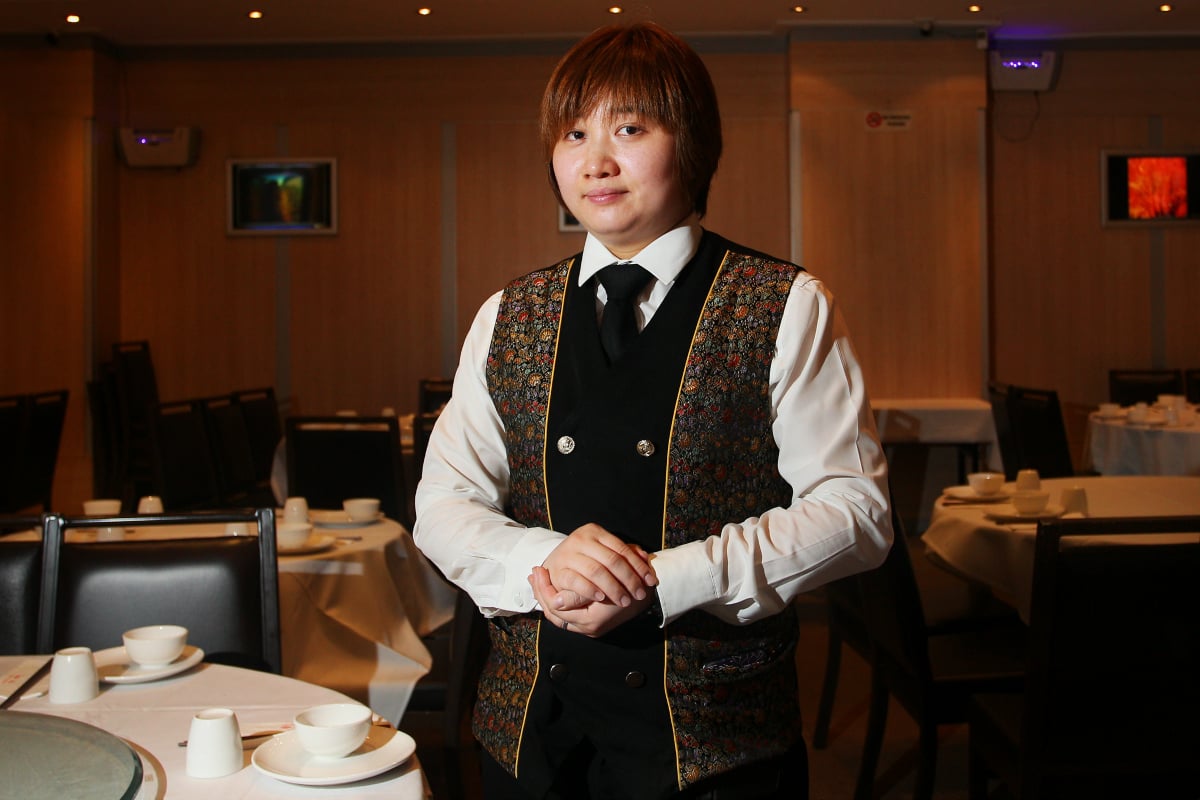
As the number of new cases of COVID-19 climbs in Australia, it’s not just health authorities responding. Organisations and businesses around the country have been rolling out their own policies and alternative working arrangements to help limit the spread of the virus.
Watch: Your COVID-19 questions, answered. Post continues after video.
Many of us in desk jobs have the privilege of being able to scurry home; work-provided laptop under one arm, a box of stationery under the other. Our concerns about our new arrangement extend to how ergonomic our dining chair is or whether we should dip into the snacks we’ve piled high in the pantry — just in case. We duck out to the supermarket, keeping 1.5 metres away from people — just in case — scurry back home and lather with sanitiser. Just in case.
Meanwhile, the barista at the local café is still passing cups directly into hands.
The waiter at the café is still picking up used glasses and cutlery and crockery, and the dishwasher is still scrubbing and drying them.
The bartender is still pulling beers.
The Maître d’ is still guiding people to seats and placing napkins in laps.
The chef is still trying to source ingredients and prepare them for the few customers who still want to come.
Because there’s no such thing as an ‘alternative working arrangement’ for most people in hospitality. While some businesses may be able to switch to takeaway only or reduce opening hours, the alternative for the rest is closing down, putting salaried staff on leave and turning casuals away. Casuals who are numbered in their hundreds of thousands and make up the bulk of the Australian hospitality industry.




























































































